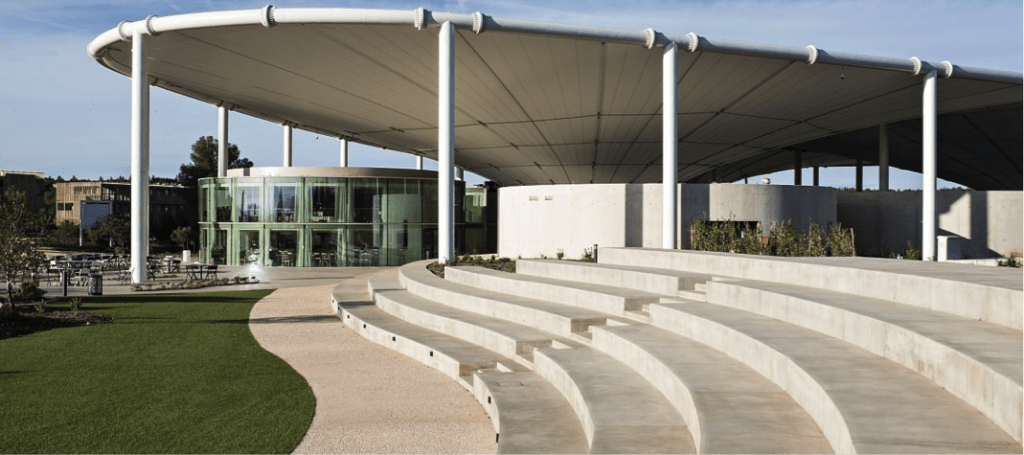Flexible Composite Membrane: A New Perspective for the Building Material Industry
Only an exceptional engineer can build an impressive structure. A remarkable engineer always uses up-to-date information and presence of mind while selecting and analyzing construction materials. He has to think both like a scientist and a poet. As an on-site scientist, the work requires him to understand the composition of different materials and know how to use them. And, like a poet who uses the mindset to churn whatever piece of information he has creatively. This blog is an introduction to one such article that will change the way you perceive building material. The blog promises to update you with all the required information about the revolution and the new outlook in the building material industry. And this revolution is catalyzed by the use of Flexible Composite Membrane.

Let us understand the concept of flexible composite membrane better:
A composite material is a combination of multiple materials with different physical or chemical properties. When combined, they produce a material possessing different and comparatively improved characteristics of the individual components.
You must be wondering why flexible composite, and why not just composite?
That’s because, unlike most composites, the flexible ones remain flexible even after the manufacturing process. In addition, they are extensively used as a replacement for common building material. And the reason why they are able to maintain that flexibility is:
- Flexible composite membranes usually have an asymmetric structure
- They have a thin dense top layer, which is further supported by a porous sub-layer
Flexible composite membrane is a breakthrough in the history of membrane technology. This is largely owing to its standard thickness (20-200µm), which eliminates the low permeate rate characteristics of dense homogeneous polymer films.
Creating this wonder is a work of art by itself.

Let’s have an overview of its preparation:
Composites are mainly composed of:
- Matrix &
- Reinforcement fibers
Since it can alter the reinforcement and matrix combination as per the desired properties, you can also call the flexible composite material as the personalized building material alternative.
One can denote the matrix, as a resin that is responsible for keeping the reinforcement fibers in position. The proper binding of these fibers is ensured using suitable chemical reactions or heating processes.
A well-balanced combination of porous support (providing mechanical strength) and several layers of a different material (each performing a specific function) make this material the ideal alternative.
Here are some more reasons for supporting flexible composite material as the first choice:
- Independent selection of material
- Light-weight composition
- High strength to weight ratio and durability
- Low maintenance
- Flexible in terms of texture
Towards innovating sustainable & flexible composite material
We are looking forward to a revolution in the traditional material preference. As a world leader in flexible composite material, Serge Ferrari provides lightweight, durable and recyclable solutions to meet various sectors’ requirements. If you are looking forward to a sustainable revolution in the material industry, drop your details right below.

